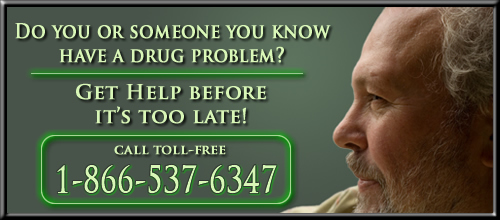Drug Overdose
- Heroin Overdose
- Meth Overdose
- Cocaine Overdose
- Marijuana Overdose
- OxyContin Overdose
- Dilaudid Overdose
- Demerol Overdose
- Amphetamine Overdose
- Ecstasy Overdose
- Ketamine Overdose
- GHB Overdose
- Ritalin Overdose
- LSD Overdose
- Methadone Overdose
- Xanax Overdose
- Vicodin Overdose
- Percocet Overdose
- Hydrococone Overdose
- Ambien Overdose
- Lortab Overdose
- Crack Overdose
- Morphine Overdose
- Opium Overdose
- Drug Overdose Statistics
- Drug Overdose Deaths
- Drug Overdose Treatment

Drug Overdose Statistics
The term drug overdose, or OD, describes the ingestion or application of a drug or other substance in quantities that are excessive. An overdose is widely considered harmful and dangerous as it can result in death.
Addiction to prescription painkillers kills thousands of people a year, and has become an epidemic. Prescription drugs cause most of the 26,000 fatal overdoses each year, according to the Centers for Disease Control and Prevention.
The number of overdose deaths from opium-like drugs that include morphine and codeine, more than tripled from 1999 to 2006, to 13,800 deaths that year, according to CDC statistics.
Prescription painkillers have now surpassed heroin and cocaine as the leading cause of fatal drug overdoses. The rate of fatal overdoses is now about as high in rural areas (7.8 deaths per 100,000 people) as in cities, where the rate is 7.9 deaths per 100,000 people.
Approximately 120,000 Americans a year go to the emergency room after overdosing on opioid painkillers. Additionally, deaths that may involve drug overdoses accounted for over 31,000 deaths within the United States in 2006 alone. Up to 5,000 of these overdose deaths may have been intentional.
Additionally, 924 injection drug users in Maryland were interviewed to determine overdose events and the circumstances which led them to drug treatment. 366 (39.7%) reported at least one non-fatal drug overdose. Most (96.2%) used heroin on the day of their last overdose and almost half (42.6%) used heroin and alcohol but few (4.1%) used tranquilizers or benzodiazepines. Five percent were in drug treatment when the overdose occurred and 7.1% had been incarcerated 2 weeks prior. One in four IDUs (26.2%) sought drug treatment within 30 days after their last overdose of whom 75% enrolled. Speaking with someone about drug treatment after the overdose was associated with treatment seeking (AOR 5.22; 95% CI: 3.12, 8.71). Family members were the most commonly cited source of treatment information (53.7%) but only those who spoke with spouses, crisis counselors and hospital staff were more likely to seek treatment. Not being ready for treatment (69.6%) and not viewing drug use as a problem (30.7%) were the most common reasons for not seeking treatment and being placed on a waiting list was the most common reason for not subsequently enrolling in treatment (66.7%). Of the IDUs treated by emergency medical technicians, ER staff or hospital staff, only 17.3%, 26.2% and 43.2% reported getting drug treatment information from those sources, respectively.
